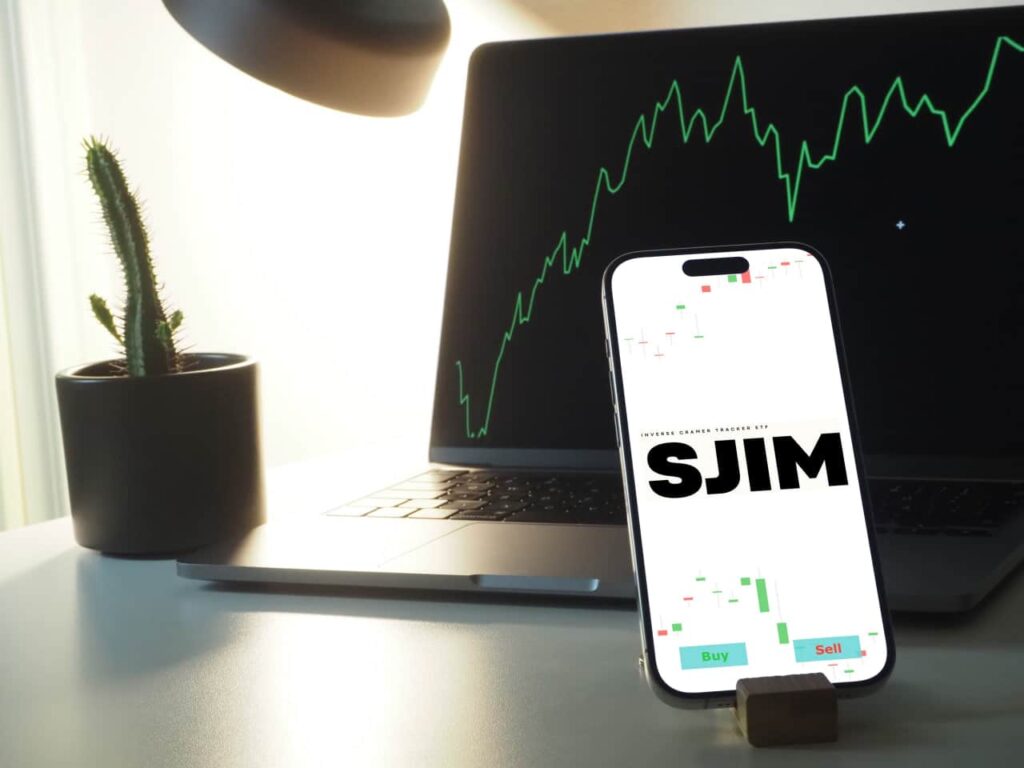Jim Cramer, a former hedge fund manager and the host of Mad Money, has earned a reputation for being wrong in recent years, leading people to joke that the equity he is bullish on should be sold and those he warns against ought to be invested in.
Given Cramer’s reputation and influence among traditional investors – he has been a finance TV mainstay for two decades – as well as the market’s woes in 2025, it might appear logical that, perhaps more than ever, betting against the celebrity could lead to excellent results.
Such a notion has even been reinforced by the fact that, earlier in March, Inverse Cramer, an X account associated with the copy-trading app Autopilot, revealed their strategy betting against the Mad Money host significantly outperformed the S&P 500 in the last 12 months, as reported by Finbold on March 24.
Picks for you
Investing in Inverse Cramer ETF in Q1 would have been this lucrative
While the easiest way to monitor if betting against Cramer – and indeed, the easiest way to bet against him – would be via the Inverse Cramer ETF (SJIM), such an approach has been impossible for over a year due to the exchange-traded fund shutting down in January 2024.
Still, one stock that has previously been a strong showcase that the Mad Money host can make exceptional stock picks – Nvidia (NASDAQ: NVDA) – has more recently become of the most successful Cramer shorts.
The former hedge fund manager has been consistently bullish about the semiconductor giant, but NVDA shares’ 16.87% drop to $111.63 in the first quarter (Q1) indicates at least some parts of the inverse Jim Cramer strategy could have led to excellent results.
How Cramer’s top picks have been doing in Q1
Elsewhere, examining the TV personality’s other recent top picks showcases that ignoring him would have been a safer play than attempting to bet against the recommendations.
On March 13, TJX Companies (NYSE: TJX), Capital One Financial (NYSE: COF), Texas Roadhouse (NASDAQ: TXRH), DuPont (NYSE: DD), BlackRock (NYSE: BLK), and Home Depot (NYSE: HD) were highlighted as especially favored companies in the Cramer portfolio.
Interestingly, the six stocks are notable for making only modest moves in Q1, with TJX, COF, and DD advancing less than 1% within the period. Still, those among them moved farther – BLK, TXRH, and HD – went lower, indicating that going against Jim Cramer’s advice could have led to decent results.
Home Depot shares were the biggest losers and, thus, the prime candidates, as they are 6.73% down year-to-date (YTD) to their press time price of $362.80.
Still, even the evident fall wouldn’t guarantee success for traders employing the inverse strategy. The latest and strongest bullish recommendation for the equity came out after these stocks experienced their most significant drop, meaning that taking a short position on the news would have, by press time, led nowhere.
The other Inverse Cramer strategy
The uncertainty of betting against Jim Cramer is also evidenced in another popular inverse strategy: the one designed by Quiver Quant. Data Finbold retrieved from the website shows that the Inverse Cramer is up a mere 1.12% in the last three months and boasts a compound annual growth rate (CAGR) of 6.40%.
Lastly, though the strategy is hardly impressive in Q1 2025, it did outperform both the S&P 500 – which is down 2.99% within the timeframe – and the Dow Jones Industrial Average (DJIA) – which declined 0.22%.
Featured image via Shutterstock





